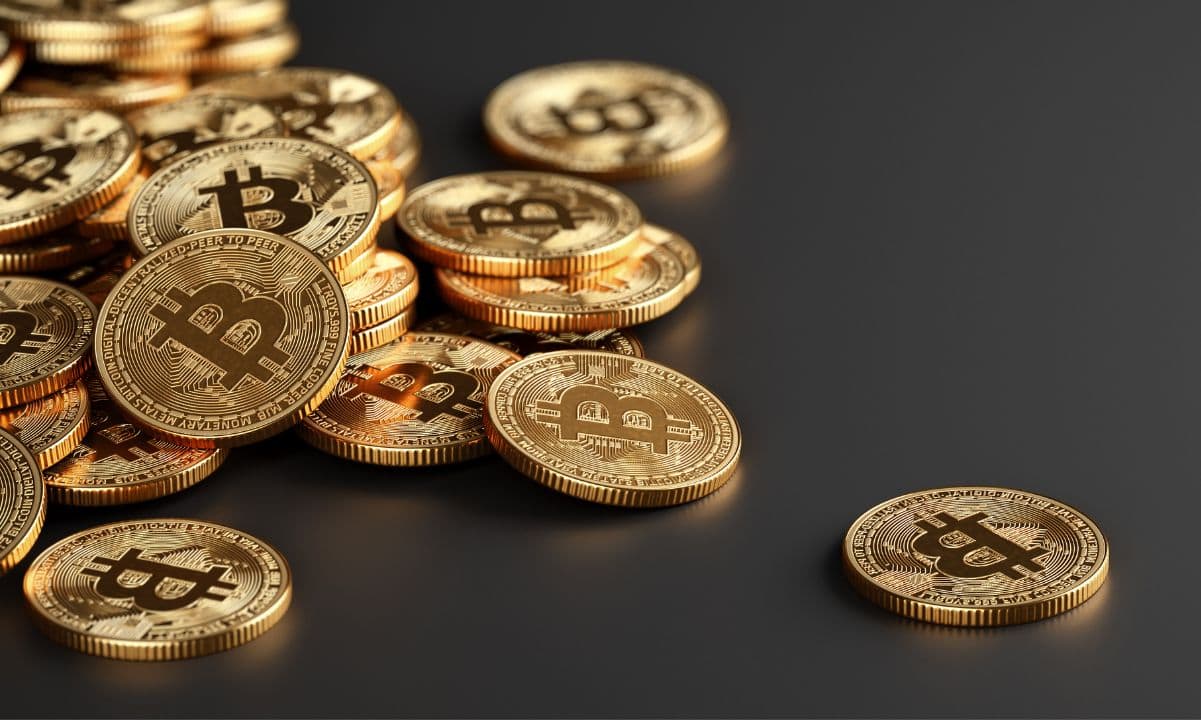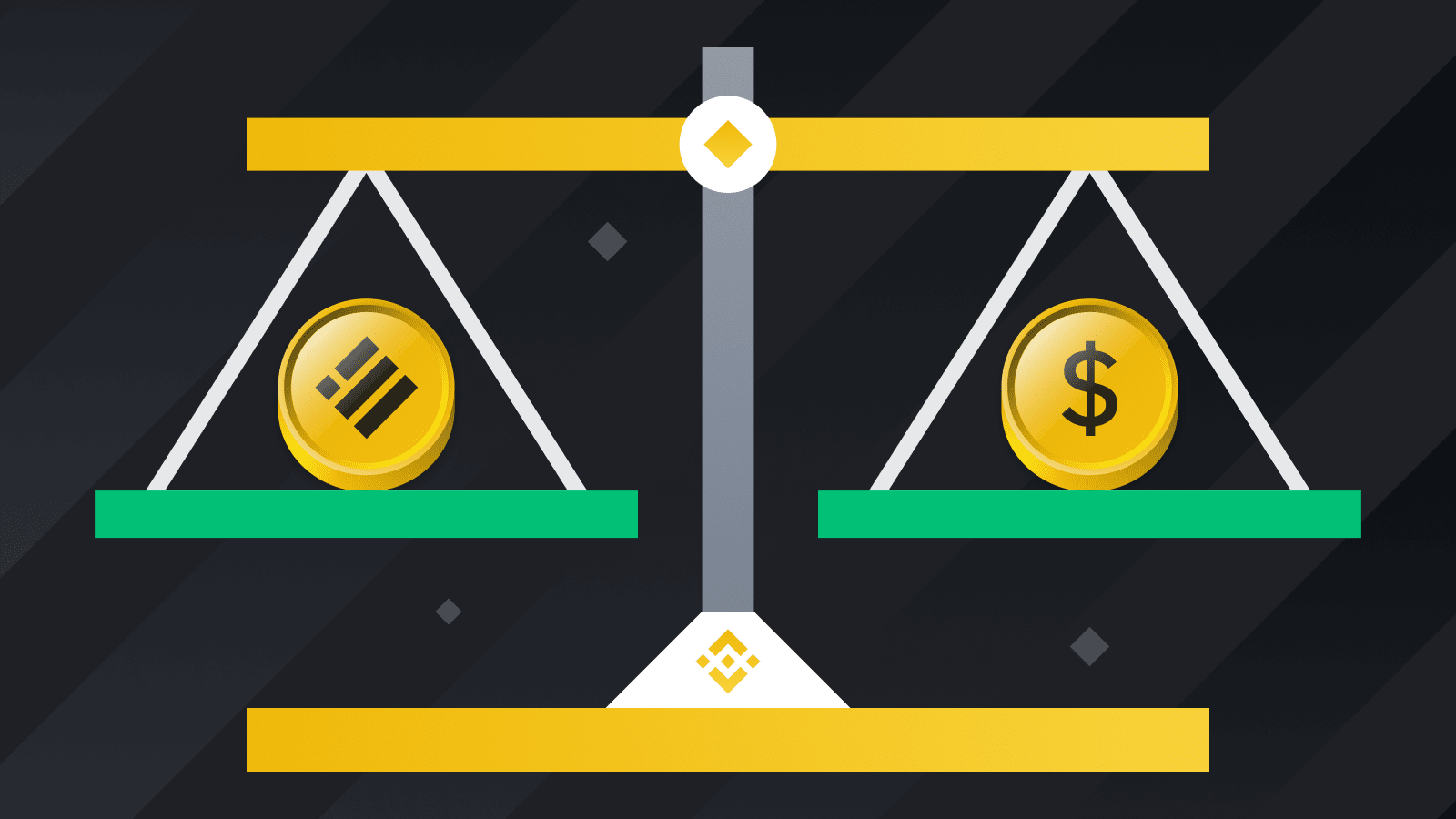The biggest cryptocurrency exchange in the world, Binance, has drastically cut its holdings of Bitcoin (BTC) and Ethereum ( ETH), so transforming billions of dollars into stablecoins, mostly USD Coin (USDC), in a startling but calculated move. This significant change in asset allocation has spurred a lot of debate among the crypto community concerning Binance’s intentions as well as the wider consequences for the market.
This action coincides with increased volatility in Cryptocurrency Key Trends , growing regulatory pressure, and liquidity management now a top issue for exchanges all over. The choice of Binance to give stablecoins first priority over top cryptocurrencies like BTC and ETH points to a more general change in its risk management and corporate strategy approach.
Mass BTC and ETH Sale at Binance
Binance’s Bitcoin reserves dropped shockingly 94.1% between January and February 2025 from 46,896 BTC to just 2,747 BTC. Its Ethereum holdings similarly decreased from 216,313 ETH to just 175 ETH, a decrease of about 99.9%. These cuts correspond to over $4.32 billion worth of Bitcoin and $584 million worth of Ethereum sold or moved out of Binance’s reserves at current market values. Such a radical action begs a lot of questions. Was Binance reducing its Bitcoin and Ethereum holdings in order to lower risk?

Did it see a forthcoming collapse of the market? Alternatively is this just a reorganizing plan to increase liquidity using more steady assets? This is reportedly part of Binance’s long-term liquidity management strategy according to certain analysts. Others, on the other hand, feel that the choice may have been affected by regulatory issues since authorities all over have stepped up their inspection of major cryptocurrency companies.
Stablecoins’ Rising Profile on Binance
Binance has sharply raised its stablecoin holdings while lowering its reserves of Bitcoin and Ethereum. Particularly the USDC reserves of the exchange showed a startling 57.5% increase. From just $7 billion in June 2023, Binance’s entire stablecoin reserves have already jumped to $31 billion. This notable rise in stablecoin reserves points to Binance giving stability and liquidity top priority among assets. Stablecoins—especially USDC—offer Binance a means of capital management free from the huge price swings sometimes affecting Bitcoin and Ethereum. Stablecoins keep a constant value linked to conventional fiat currencies like the U.S. dollar unlike BTC and ETH, which are prone to speculative movements.
Why is Binance building USDC?
Regulatory compliance is probably the main reason Binance decided to collect USDC instead of other stablecoins. One of the most transparent and controlled stablecoins available on the crypto scene, USDC is issued by Circle. Maintaining full reserves for every USDC issued, Circle is well-known for offering a degree of financial assurance not found in some other stablecoins, such Tether (USDT).
Binance’s choice to build USDC also fits more general industry patterns. Under regulatory pressure from US authorities, Binance stopped supporting its own Binance USD (BUSD) stablecoin in 2023. Since then, the trade has turned its attention to various stablecoin substitutes, USDC becoming a favorite choice.
Liquidity and Market Stability Play in
Any cryptocurrency exchange depends much on liquidity. Increasing its stablecoin reserves helps Binance to guarantee a large pool of liquid assets therefore enabling flawless trading for its customers. Stablecoins let Binance preserve financial stability and reduce market volatility, unlike volatile cryptocurrencies, therefore reducing their exposure.
Moreover, especially in uncertain times of the market, stablecoins provide a useful way to enable significant transactions. Holding billions of USDC allows Binance to conduct quick transactions, provide more flexible lending and borrowing choices, and keep liquidity for institutional investors that would rather have steady assets than erratic cryptocurrencies.
Strategic Reallocation of Assets
Although Binance’s change to stablecoins would seem to be a deliberate move, some critics contend that it may reveal more underlying issues. According to one view, Binance is reorganizing its asset base to reduce the risks connected with keeping significant volumes of volatile assets since it might be ready for more government monitoring. Another viewpoint holds that Binance might be getting ready for a possible economic crisis in the bitcoin market.
Should Bitcoin and Ethereum see a major price decline, holding stablecoins would enable Binance to keep its financial strength while preventing losses from devalued assets. This action can also be a part of a long-term plan meant to increase Binance’s impact in the stablecoins market. Holding a significant volume of stablecoins helps Binance better regulate crypto liquidity flows and maybe influence the market to support its ecosystem.
Binance’s Stablecoins Connection
Binance has changed its stablecoin approach significantly just once but rather several times. To simplify liquidity, Binance announced in September 2022 an auto-conversion tool combining USDC, Paxos Dollar (USDP), and TrueUSD (TUSD) into its now-defunct Binance USD (BUSD). Following legal difficulties, especially from US authorities, Binance phased out BUSD and turned to supporting alternative stablecoins, like USDC and FDUSD. This change emphasizes how flexible Binance is in adjusting to evolving market dynamics and legal environment.

Effect on the Blockchain Market
The most recent action of Binance can have significant effects on the whole bitcoin market. As other investors respond to Binance’s actions, the sharp drop in BTC and ETH holdings could help to explain more market volatility. Furthermore, the increasing predominance of stablecoins on Binance could affect other exchanges to match, therefore stressing liquidity management and risk reduction.
Certain analysts think that Binance’s switch to stablecoins will help to eventually improve market stability. Should more transactions give stablecoins top priority, the crypto market might grow less susceptible to sharp price swings. On the other hand, depending too much on stablecoins runs the danger of lowering general market activity since investors might be less ready for speculative trading.
Conclusion
The approach of the exchange changes significantly when Binance decides to sell billions of Bitcoin and Ethereum (ETH) February 2025 while raising its stablecoin reserves. Whether this action is motivated by long-term liquidity plans, market forecasts, or regulatory issues, it shows Binance’s will to keep financial stability in an erratic sector. Prioritizing stablecoins, Binance hopes to guarantee liquidity for its worldwide clientele, lower risks, and create a more safe trading environment.
This action, meantime, also begs significant issues regarding the future of Bitcoin and Ethereum on big exchanges as well as the changing function of stablecoins in the bitcoin ecosystem. Binance’s approach might be a guide for other exchanges trying to strike a mix of liquidity, regulatory compliance, and market resiliency as the crypto sector develops. It remains to be seen whether this starts a more general trend or is just a momentary change. One thing is clear: Binance’s activities will keep changing the scene of cryptocurrencies in the next months and years.




